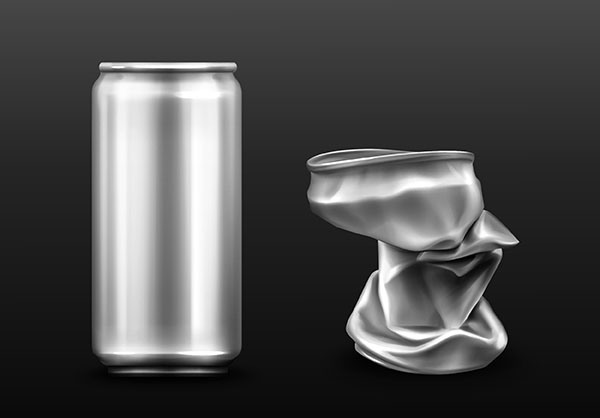

In physics, to squash something means to apply a force to it that compresses it. This means that the distance between the particles of the object is decreased.
The amount of squashing that an object can withstand is called its compressibility. The more compressible an object is, the easier it is to squash.
Squash is a type of deformation. Deformation is any change in the shape or size of an object.
There are two types of deformation: elastic deformation and plastic deformation. Elastic deformation is reversible. This means that the object can return to its original shape after the force is removed. Plastic deformation is irreversible. This means that the object cannot return to its original shape after the force is removed.
The ground was very squashy after the rain.

Noun: squash (plural: squashes).
Verb: to squash.
Adjective: squashy.
The word "squash" comes from the Narragansett Native American word "askutasquash", which means "eaten raw or uncooked". It was first used in English in the 1640s to refer to a type of gourd.
The word "to squash" means "to crush or squeeze".
The word "squashy" means "soft and easily crushed".
What can you squash?
Question:
Explain the underlying physical principles related to the action of "squashing" an object. Focus on the concept of deformation under force and the factors affecting the extent of deformation. How do these principles help us understand the behaviour of materials when they are squashed?
Answer:
The act of "squashing" an object involves compelling it to undergo deformation due to an applied force. This deformation is governed by physical principles such as elasticity and material properties. When force is exerted on an object, its atoms and molecules rearrange, causing a change in shape or volume.
Deformation occurs differently in materials based on their elasticity. Elastic materials return to their original shape after the force is removed, while plastic materials retain the deformed shape. The extent of deformation depends on factors like the magnitude of the force, the material's composition, and its structural integrity.
Understanding these principles helps us predict how materials will respond when subjected to squashing forces. Engineers and designers consider deformation behaviour when designing structures or products. For example, car manufacturers ensure a vehicle's crumple zones deform upon impact to absorb energy and protect passengers. By analysing how materials behave under squashing forces, we can optimise designs for safety, durability, and functionality.